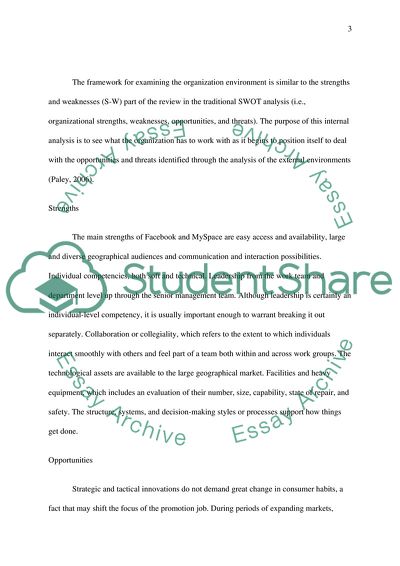Cite this document
(Social Networking and How it is used for Promotion Essay, n.d.)
Social Networking and How it is used for Promotion Essay. Retrieved from https://studentshare.org/information-technology/1714393-promotional-strategies-social-networking-ie-facebook-myspace-and-how-it-is-used-for-promotion
Social Networking and How it is used for Promotion Essay. Retrieved from https://studentshare.org/information-technology/1714393-promotional-strategies-social-networking-ie-facebook-myspace-and-how-it-is-used-for-promotion
(Social Networking and How It Is Used for Promotion Essay)
Social Networking and How It Is Used for Promotion Essay. https://studentshare.org/information-technology/1714393-promotional-strategies-social-networking-ie-facebook-myspace-and-how-it-is-used-for-promotion.
Social Networking and How It Is Used for Promotion Essay. https://studentshare.org/information-technology/1714393-promotional-strategies-social-networking-ie-facebook-myspace-and-how-it-is-used-for-promotion.
“Social Networking and How It Is Used for Promotion Essay”, n.d. https://studentshare.org/information-technology/1714393-promotional-strategies-social-networking-ie-facebook-myspace-and-how-it-is-used-for-promotion.


